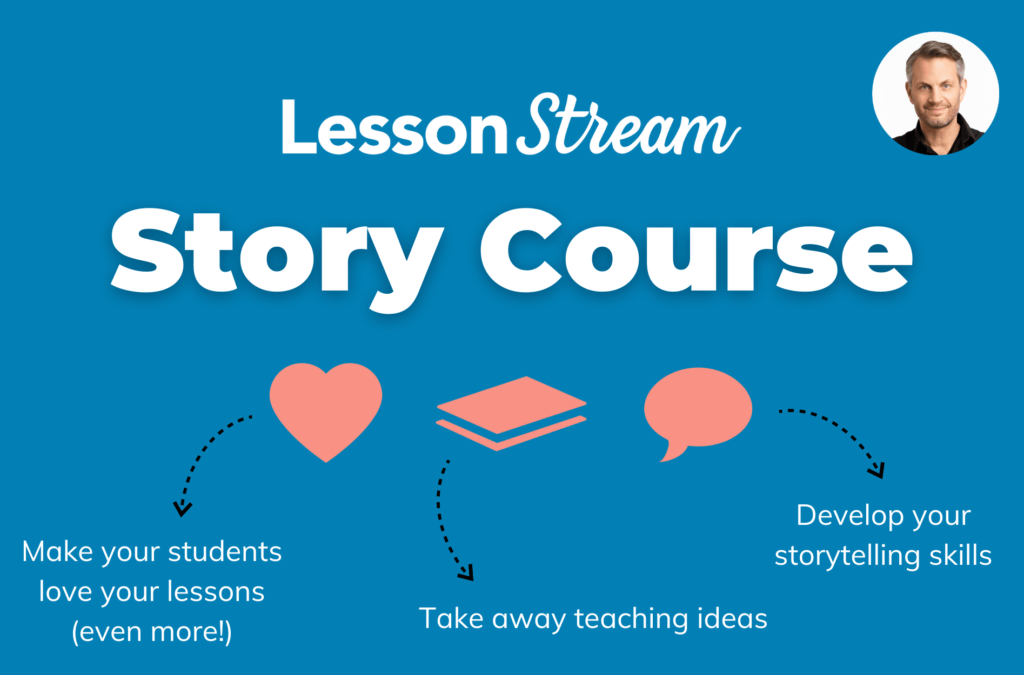"Emergent language" is a bit of a buzz term in English language teaching. It can be defined as any unplanned language item that arises naturally during lessons that the teacher then chooses to focus on for clarification or modification. In this post, we will look at some examples and practical ideas.
10 language examples
Here are 10 pieces of language. Can you work out what they have in common?
- Jamie, you’ve had your hair cut!
- The Guggenheim museum looks like an airport.
- Irene is my tenant.
- Men can’t multitask. In other words, they can’t do two things at the same time.
- The older I get the more optimistic I become.
- I’ve never been to Badajoz but it’s supposed to be very nice.
- The cheapest train was cheaper than the cheapest coach.
- You have made me forget what I was going to say.
- It was difficult to give them all away. (Them = Maribel’s kittens)
- Pedometers are for counting steps, not farts. (Note: in Spanish, un pedo is a fart.)
Given the title of this post, I suppose that the answer is quite obvious: all 10 examples came from learners of English during moments of authentic spoken communication. The learners in question were Felipe, Manuel, Maribel and Sara – four students that I used to meet every week in Barcelona.
You can probably imagine the type of situation and interaction which gave rise to these utterances: Felipe commenting on my new haircut at the beginning of a class and creating the perfect situation for a perfect structure; Manuel telling us about his weekend trip to Bilboa and his first visit to the Guggenheim museum; Sara making a generalisation about men for the sake of humour.
You can also imagine that in many cases, students needed help from their teacher to express these ideas. In other cases, their utterances were worthy of praise and were written on the board for everyone to benefit from.

According to Sara, the Guggenheim Museum Bilbao looks like an airport (Image shared with a Creative Commons license by Naotake Murayama)
Student-generated examples
Language examples like these are invaluable for learners and teachers. They are more meaningful and memorable than, for example, the invented examples that dominate grammar teaching. They connect directly with students’ own stories and experiences and are more personal. And since they represent actual moments of potential learning, they have a higher pedagogical value.
As teachers, we can take advantage of this. Here are five ideas:
Idea one: capture the context
The student-generated examples at the start of this post could easily be reduced to vocabulary items. But to do so would be to strip them of much of their meaning:
- To have your hair cut
- Looks like + noun
- A tenant
- To do two things at the same time
- The older I get …
- It’s supposed to be nice.
- Cheap, cheaper, cheapest
- To make someone do something
- To give away
- A pedometer
- The situation that gave rise to the language is memorable.
- Any grammar structures or collocational phrases are illustrated in full.
The earlier definition of emergent language came from Richard Chinn and Danny Norrington-Davies, authors of Working with emergent language (Pavilion ELT, 2023). In March 2023, Richard joined us for a LessonStream LIVE. You can watch the recording here.
Idea two: dictation
Imagine if you are learning a new language. One morning your teacher begins by dictating a selection of sentences that came out of a whole-class conversation the previous week. Wouldn’t that be a delightful way to revisit the language? I’m sure you can see the value.
Dictation is a wonder technique that requires students to listen carefully and proceduralize pre-existing knowledge about sound-spelling relationships, grammar and collocation. It is also great for getting students to notice features of language – especially at the moment when they compare what they wrote with the actual text itself.
Idea three: who said what?
After reading or dictating a selection of student-generated examples, ask students if they can recall who said what. In some cases, you might also ask what the individual was talking about.
E.g. It was difficult to give them all away.
(This was Maribel talking about her cat’s kittens.)
Idea four: drawing
Student-generated examples are perfect for turning into student-generated flashcards. This is something that we explored in this blog post.




Idea five: keep them!
At the end of each class with Felipe, Manuel, Maribel and Sara, I would add the most useful student-generated examples to a Word document. Over time, the Word document grew in size and became a valuable teaching resource – a sort of personal corpus that I could search on demand (e.g. a search of the word “if” would allow me to collate a selection of conditional structures to revisit and revise.)
Whether or not you like that specific idea, there is a lot of value in developing a system that will allow you to document and revisit student-generated examples like these.
LessonStream and emergent language
There is sometimes a tendency to associate emergent language with Dogme teaching – spontaneous, magical moments that cannot be planned for.
But emergent language moments can and should be factored into virtually every stage of a lesson. The secret is to become a story teacher and this is something that you will learn on the LessonStream Story Course.
The LessonSteam Story Course is available to all LessonStream members. Institutional memberships are available. We would love to have you on board!
About the LessonStream Membership
LessonStream is a community of teachers, united by our passion for story and storytelling, in and out of the classroom. Members get access to the following:
- Resources: access to the entire lesson plan library
- Professional development: the LessonStream Story Course
- Community: all webinars, online social events & the Fishbowl forum



